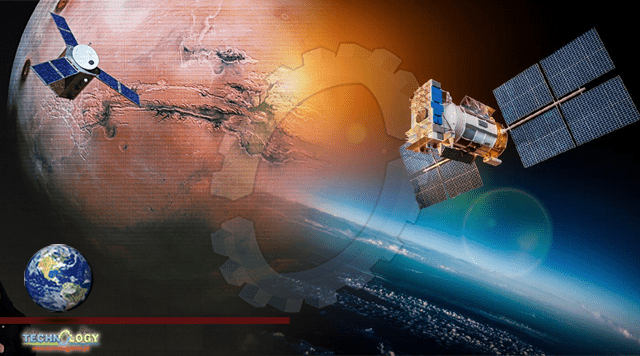Thirty-six years after Prince Sultan bin Salman became the first Arab to fly in space, Saudi Arabia is preparing to approve a new National Space race Strategy

A journey that began in 1985 when Sultan bin Salman bin Abdulaziz Al Saud became the first Arab to fly in space is set to enter a new phase as Saudi Arabia prepares to approve a new National Space race Strategy.
The strategy is expected to include ambitious projects as well as establishing a financing programme for research projects, supporting small and medium enterprises and stimulating innovation as the Gulf kingdom targets growth in a sector that is forecast to reach $1.1 trillion globally in 2040 and $2.7 trillion by 2050.
Saudi Arabia’s plan follows the emergence of the UAE as a space superpower following its successful Hope Probe probe mission to Mars.
Prince Sultan (pictured below), a former Royal Saudi Air Force pilot who flew aboard the US Space Shuttle mission in 1985 as a payload specialist, was appointed as chairman of the Saudi Space Commission in 2018.
Back in 1985, King Salman bin Abdulaziz Al Saud witnessed the launch and consequently the kingdom has proceeded with the development of space sciences and research as one of the its Vision 2030 goals, the Saudi Press Agency reported.
This included the royal order to establish the Saudi Space Commission, an authority responsible for developing the sector.
This week, it signed an executive program with the China Manned Space Agency to implement a Saudi scientific mission on board the Chinese Space Station in 2022 which will focus on studying the effect of cosmic rays on the performance of the high efficiency solar cells, used in satellites.
UAE’s Hope Probe to enter Mars science orbit ahead of schedule
The experiment aims to design solar cells capable of working for long periods required for the operation of satellites and spacecraft.
The deal comes 44 years after the establishment in 1977 of the Saudi Arabian National Centre for Science and Technology (SANCST) which become King Abdulaziz City for Science and Technology (KACST) in 1985.
The city was at the forefront of a plan to localise satellite technology and between 2000-2019, the kingdom managed to launch 16 Saudi satellites into space under its supervision – the last of which was the Saudi Telecom satellite SGS1, which was launched on February 6, 2019, bearing the signature of Crown Prince Mohammed bin Salman bin Abdulaziz Al Saud along with the phrase “high above the clouds”.
The Crown Prince has since said publicly that the Council of Economic and Development Affairs and other authorities are working to adopt the kingdom’s space strategy for the next 10 years and assign the Space Commission to implement it.
Today, Saudi satellites are manufactured in the mechanical workshop of KACST, which is now part of the Fourth Industry Centre, where there is a special team at the Institute of Space and Aviation Research.
KACST now has an infrastructure for collecting and testing satellites including testing equipment for special environmental conditions that simulate the conditions the satellites are expected to be exposed to into space or while they are being sent by rockets to the orbit and include factors of vibration, temperature fluctuations and the intensity of the solar radiation directed into space orbits.
Saudi Arabia, through KACST, has also established a Centre of Excellence for Space and Earth in cooperation with the California Institute of Technology (Caltech) and a Centre of Excellence for Space Research and Joint Aviation with Stanford University, while also signing agreements in the field of space technology with the liks of the US, China, the Russian Federation, Germany, France and Kazakhstan.
Mars mission wins global praise as UAE joins space race top table
KACST has also established photo and satellite reception stations to cover 2.7 million square kilometres from southern Russia to southern Somalia, and from western Pakistan to eastern Libya.
The kingdom, represented by the Saudi Space Commission, called for the first meeting of the Space Economy Leaders 20, as part of its presidency of the G20, with the aim of coordinating efforts for the peaceful use of space by agencies in the 20 largest economic countries in the world.
The Saudi Space Commission is also working on the Space Generations Program, which deals with the development of human capital in the space sector, in line with the goals of Vision 2030.
The program encourages interest in scientific research and learning in various fields of innovation (STEM), technology, engineering, and mathematics, in addition to cooperating with specialised academic bodies to achieve further progress in research related to space science and its applications.
Originally published at Arabian business